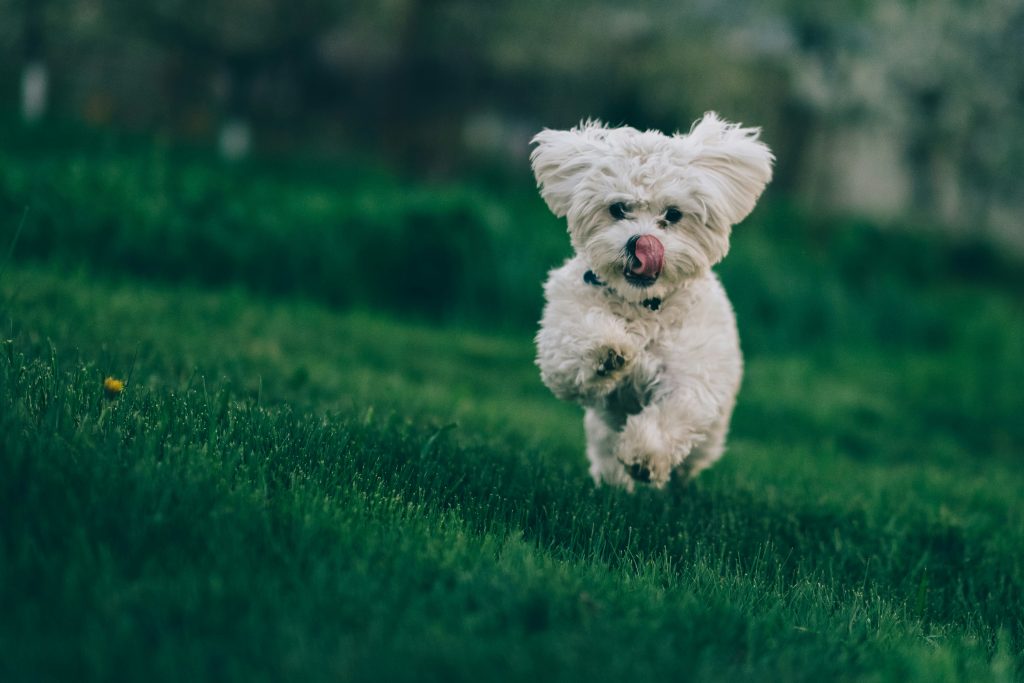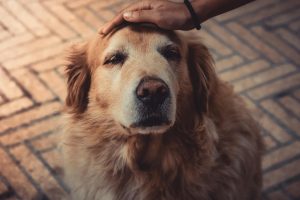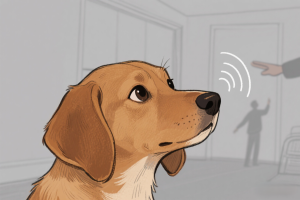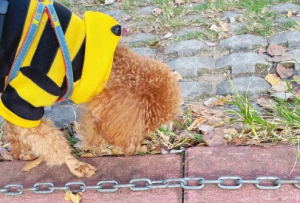Many dogs have a bad habit of jumping on people. Of course, this usually happens when the dog really likes someone and is in a good mood. However, this behavior doesn’t always consider the situation or the person. Sometimes, it even leads to dirtying clothes or scratching them, which can be quite frustrating.
-
Your Dog’s Safety
Some owners don’t mind when their dog jumps up on people—they see it as pure affection—and that’s true to an extent. However, dogs age much faster than humans; within a few years they may develop various body and joint issues. At that point, the act of leaping up becomes unfriendly and can injure the dog. So even if you’re not worried about people getting scratched, think about the dog’s long‑term health.
-
How the Habit Forms
This behavior usually starts in puppyhood. When puppies are young, many people pick up their front paws to make them stand on their hind legs, cuddle their faces, or play with them. Many puppies will also stand and paw at a person’s legs to seek attention. Puppies are not aggressive and this behavior looks cute, so people often reward it with treats or attention—essentially encouraging it. But as the dog grows bigger and stronger, the same action becomes annoying. Some dogs, when they leap up, can hurt children or elderly people.
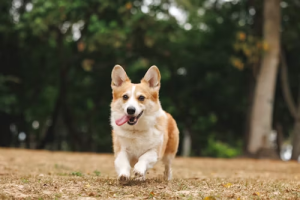
-
How to Correct the Behavior
With that in mind, my first recommendation is: the best approach is not to encourage puppies to stand up in the first place—don’t let anyone grab their limbs. Teach the dog that keeping all four paws on the ground is what earns treats or affection. There are many alternatives to pawing for attention, such as teaching the dog to nuzzle your knee or rest its head on your lap—both are adorable. If the dog is already an adult and has developed the habit of jumping on people, the training principles are similar to those for puppies, but it may take more time. Here are several suggestions:① Teach a reliable “sit” command. Stopping a dog from doing something is often harder than teaching it to do something else. Train the dog to obey “sit” in any situation. Reward treats and petting only when the dog is sitting. Remember: don’t reward after the dog jumps up. Jumping is driven by excitement, so even a normally obedient dog might ignore commands when overexcited. Start training in a quiet home environment, then gradually move to noisier outdoor settings so the dog can “sit” quickly even with distractions—this helps solve the jumping problem. Above all, make the dog understand that jumping brings no reward, but calmly sitting does.② Make it clear that when strangers approach, the default action is to sit immediately—not to jump up. If you expect guests, ask them in advance to give the “sit” command upon meeting the dog.③ When you come home, try to stay calm. An overly excited greeting from you encourages the dog to leap on people.④ When guests arrive, you can confine the dog to a room or crate for about 15 minutes. Dogs are most excitable when meeting strangers; after that initial period they’re easier to control.⑤ If the dog stands on its hind legs, do not touch, reward, or give it any attention. When the dog jumps on someone, give no feedback—put your hands in your pockets or behind your back, or simply turn and face away from the dog; in some cases you can even step out of the room immediately. Once the dog stops and sits quietly, give a clear command and then reward. This teaches the dog that rewards come from obeying commands, not from jumping on people.⑥ Never use violence. Do not knee‑kick the dog after it jumps up, and never stomp on its paws. The dog is attempting a friendly greeting—the method is wrong, not the intention. Punishing the dog in this moment will make it think its friendliness earned punishment, which harms its emotional bond with people.Finally, make sure everyone in the household follows these rules; otherwise the dog will continue jumping.
Many people have a different attitude toward small dogs. After all, even if they jump on people, the damage isn’t usually that serious. However, it’s still not recommended to encourage this behavior—after all, socks and pants aren’t cheap, and if they get scratched, it’s not really worth it. In any case, even if a dog doesn’t jump on people, there are plenty of other ways for them to show affection. After all, it’s much easier to pet a calm dog with all four paws on the ground, and the dog is more comfortable too.

